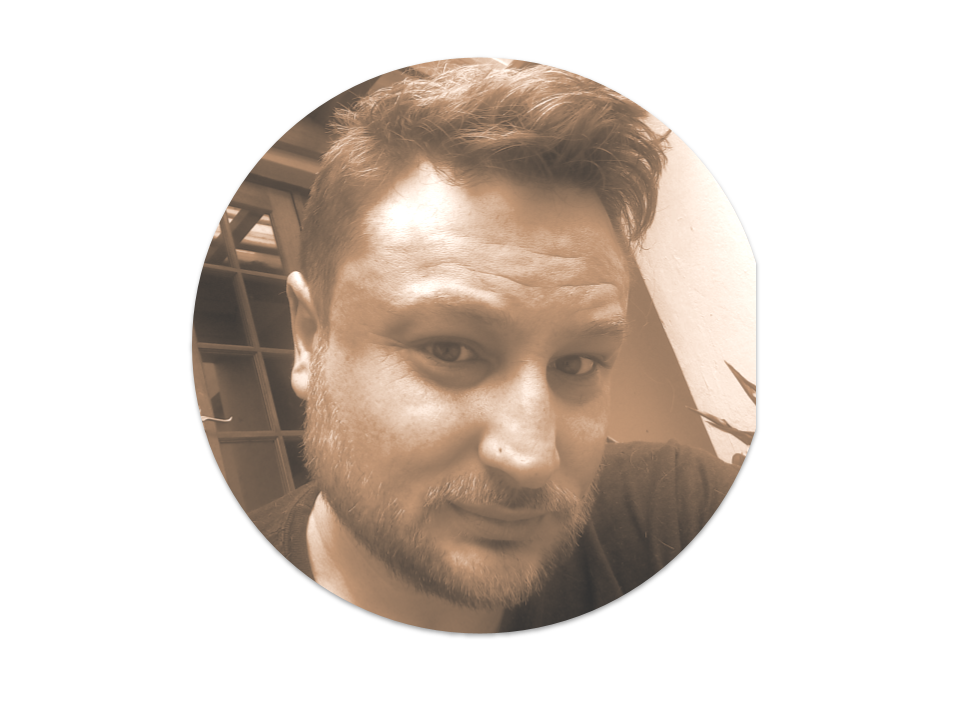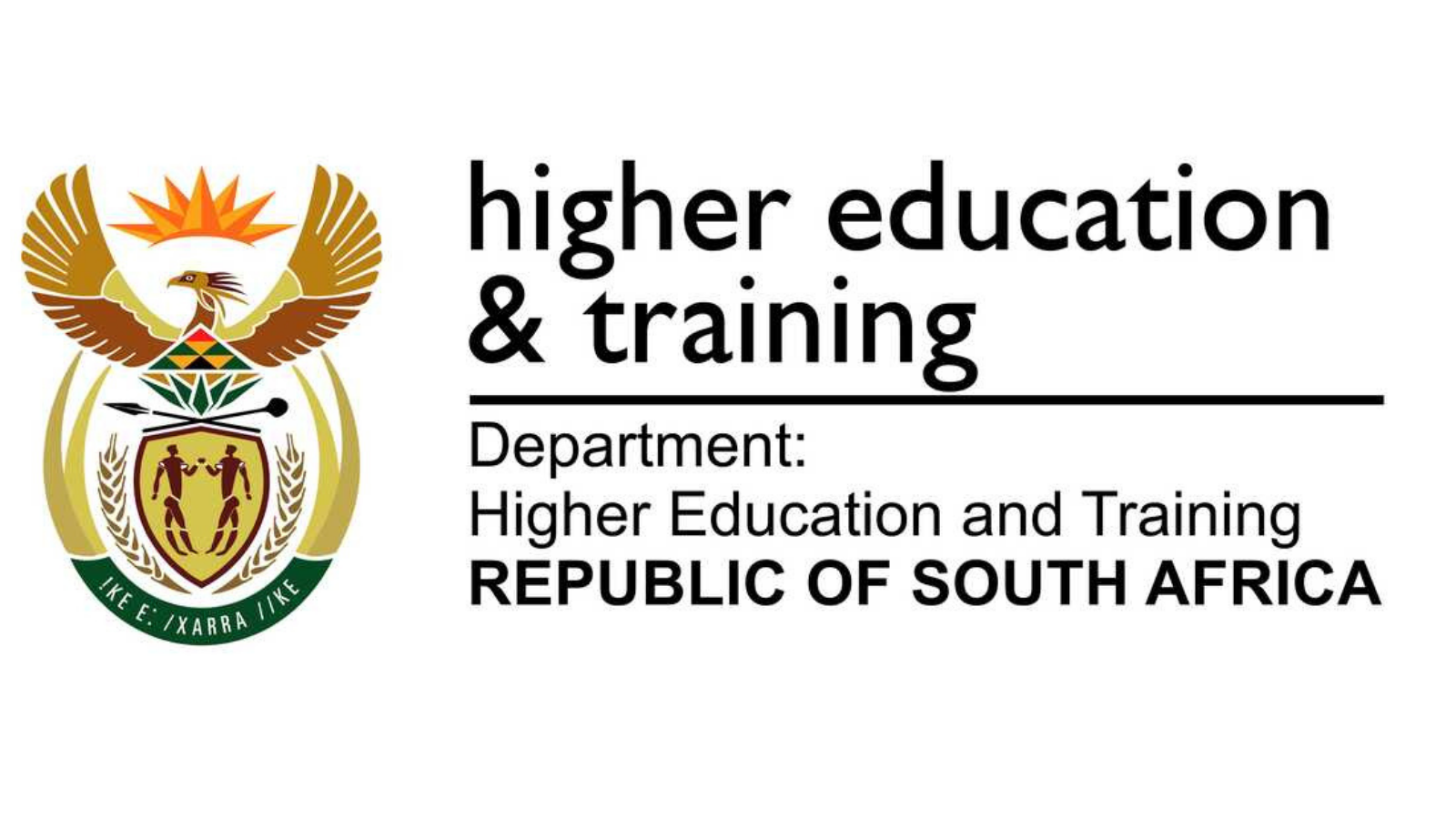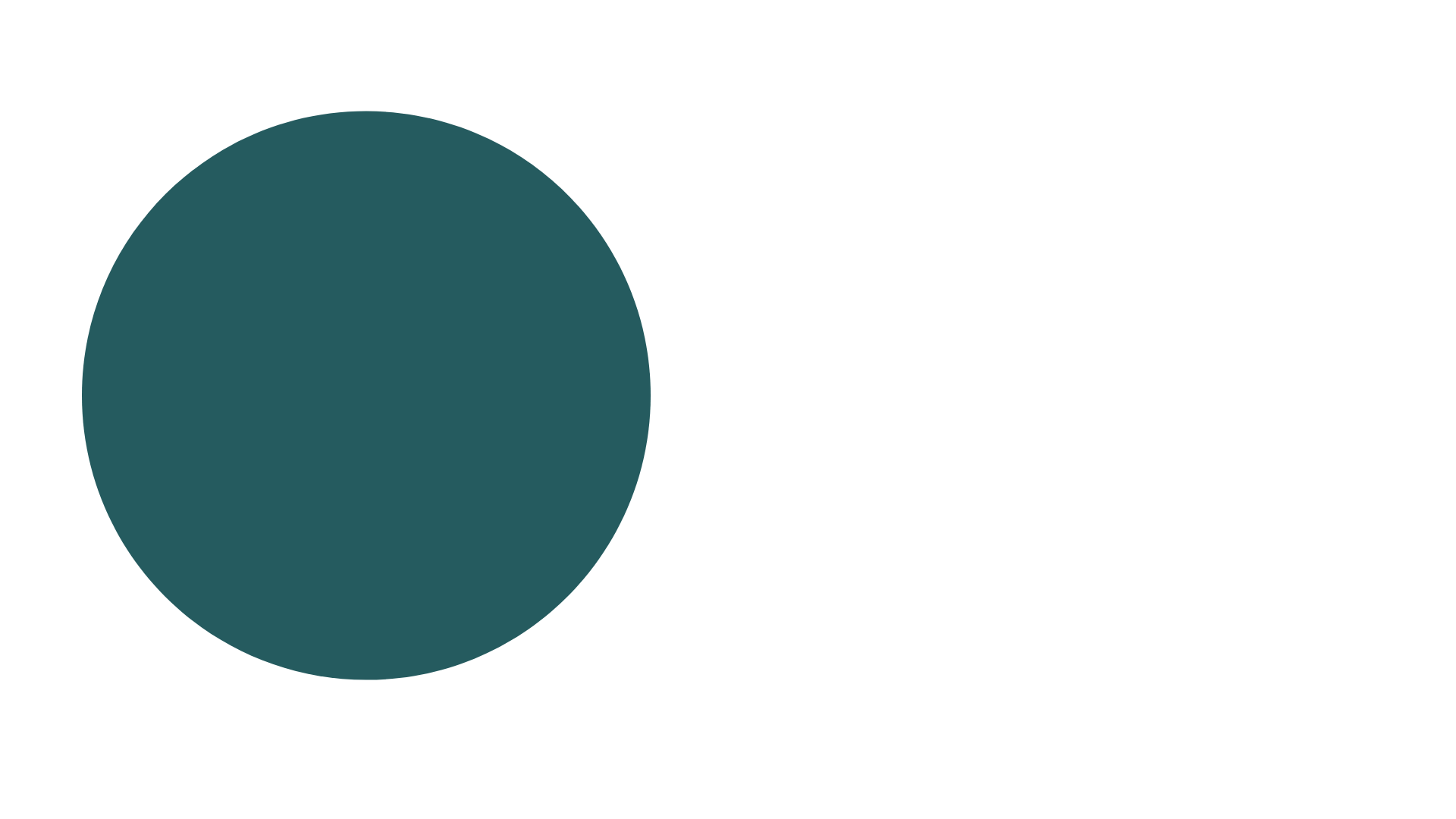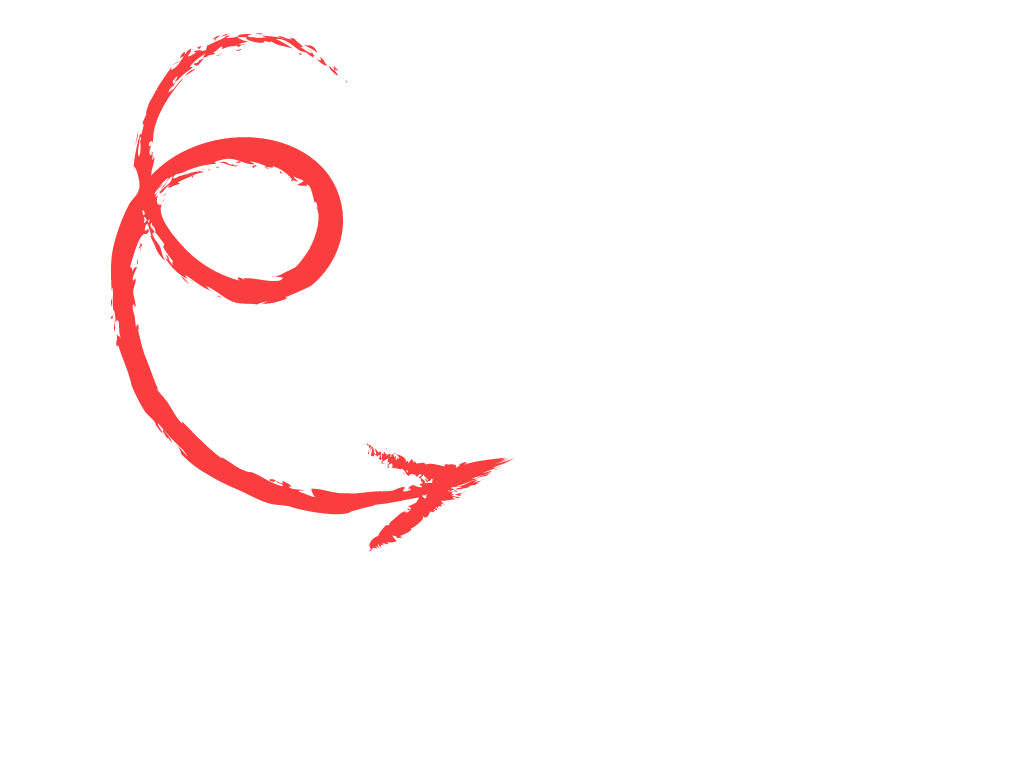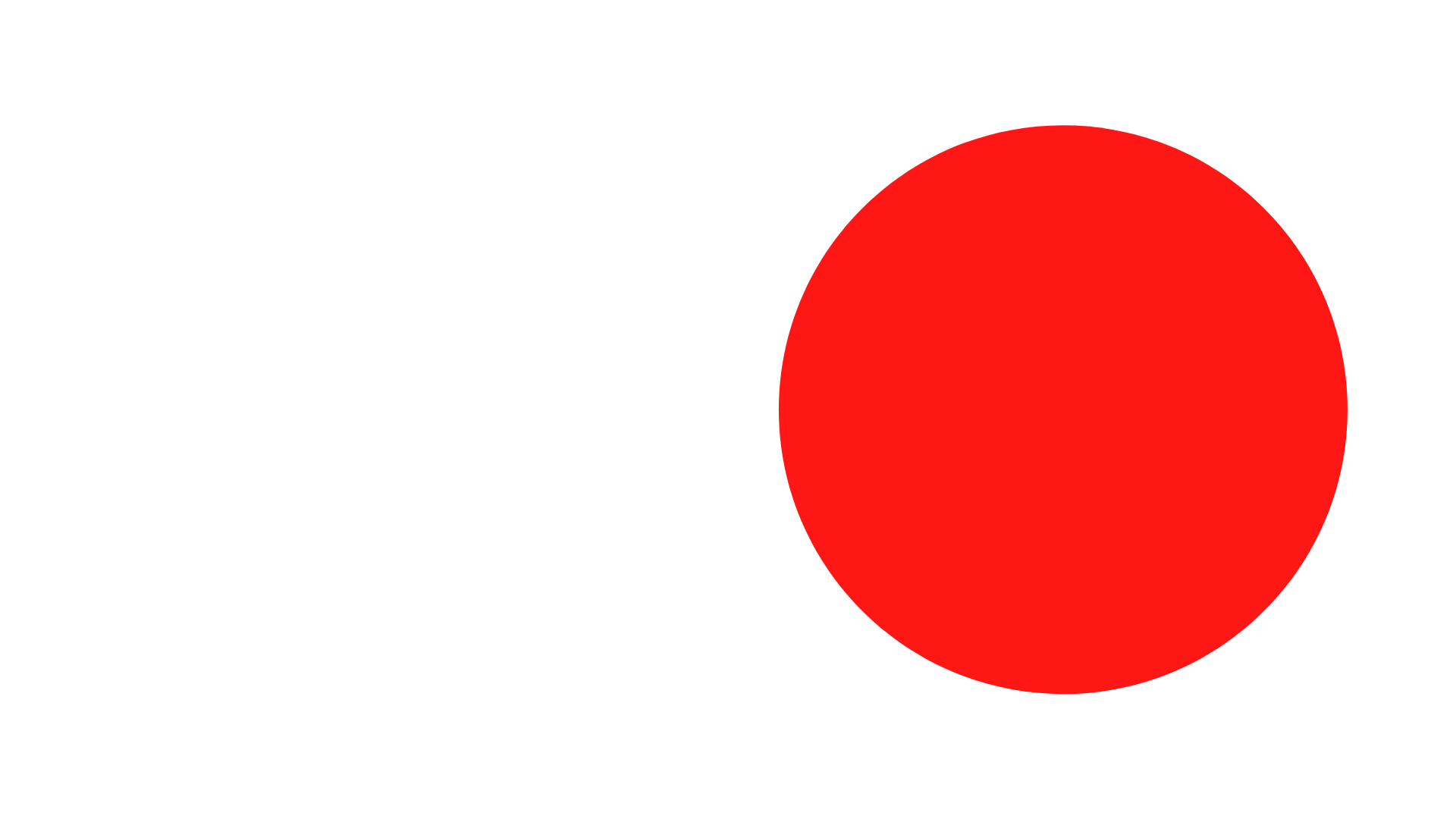Taking learning to new heights is HARD: But, We Learn
I have been an educator and academic manager for 11 years, and for the first half of that journey, I must admit that I followed a traditional, didactic, top-down approach to both teaching and managing teachers, choosing to spend the hours with the students speaking or presenting slides, then briefing an assignment at the end of it all and expecting them to complete it. As a manager, I spent years not questioning this method. I have come to call this mode of doing things the “show me what you got” method, which establishes a relationship with students that is characterised by distance between educator and student, lacking in mutual trust, and the pressure on students to perform. In the last three years, in my roles as an educator as well as academic manager, I began to conduct research into the body of work on Research-based Education (RBE), as I began to feel and see that the traditional approach was not conducive to student satisfaction and positive experience, nor to educator satisfaction and positive experience. There was frustration, confusion, antagonism, a tendency to mock weak students, and an overall distance between the educators and the students, and an overriding lack of clarity of the purpose behind what was happening. I began to feel that there must be better ways of running courses and modules and assessments: ways and methods that established healthier and more productive relationships between students and staff. I was excited to find that there were many voices in an emerging body of scholarship on research-based education and staff-student partnerships, and I began to read this research with a mind to implementing the approach in my own work as both an academic manager and educator. My overarching philosophy has become: as educators, it is our job to make sure students know how to do what we ask them to do.
